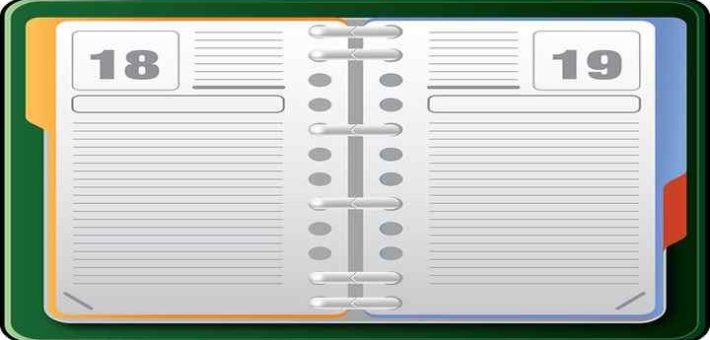ISA 560, Subsequent events
ISA 560 Subsequent Events, requires the auditor to obtain sufficient appropriate audit evidence about whether events occurring between the date of the financial statements and the date of the auditor’s report. Here on MCQs.club we have prepared easy Multiple-Choice Questions (MCQs) on ISA 560, Subsequent events revised IFAC that fully cover the ISA 560 summary and definition, ISA 560 MCQs with answers, these MCQs are a basis of conclusions. These MCQ on SA 560 are helpful for Competitive exams, Professional Accountancy exams and Business management exams.
- ISA 560 Subsequent Events, requires the auditor to:
- Obtain sufficient appropriate audit evidence about whether events occurring between the date of the financial statements and the date of the auditor’s report, that require adjustment or disclosure are appropriately reflected in accordance with the applicable financial reporting framework.
- Respond appropriately to facts that become known to the auditor after the date of the auditor’s report.
- Both A&B
- None
- Subsequent events – events occurring between the date of the financial statements and the date of the auditor’s report, and facts that become known to the auditor after the date of the auditor’s report.
- The above definition is correct
- The above definition is incorrect
- Between the date of the financial statements and the date of the auditor’s report:
- The auditor should perform procedures to identify events that might require adjustment or disclosure in the financial statements.
- If material adjusting events are not adjusted for, or material non-adjusting events are not disclosed, the auditor will ask management to make the necessary amendments to the financial statements.
- If the identified adjustments or disclosures necessary are not made then the auditor should consider the impact on the auditor’s report and whether a modification is necessary.
- All of the above
- Subsequent events procedures include:
- Enquiring into management procedures/systems for the identification of events after the reporting period.
- Reviewing accounting records including budgets, forecasts, cash flows, management accounts and interim information.
- Obtaining a written representation from management confirming that they have informed the auditor of all subsequent events and accounted for them appropriately in the financial statements.
- Reviewing the progress of known risk areas and contingencies.
- Inspecting the cash book after the year-end for payments/receipts that were not accrued for at the year-end.
- Inspecting the sales price of inventories after the year-end.
- All of the above
- (I) (III) and (V) only
- (II) (IV) and (VI) only
- None
- Between the date of the auditor’s report and the date the financial statements are issued:
- The auditor is under no obligation to perform audit procedures after the auditor’s report has been issued, however, if they become aware of a fact which would cause them to issue a modified report, they must take action.
- If management do not amend the financial statements and the auditor’s report has not yet been issued to the client, the auditor can still modify the opinion
- If the auditor’s report has been provided to the client, the auditor shall notify management and those charged with governance not to issue the financial statements before the amendments are made.
- All of the above
- The auditor may find sufficient evidence of subsequent events in the course of his normal audit verification work. Such normal audit verification work might include:
- The audit of receivables will consider whether receivables at the end of the reporting period are collectable.
- The audit of inventory includes a review of the net realisable value of inventory.
- A search for unrecorded liabilities may discover the existence of some unrecorded liabilities, from invoices received after the reporting period but relating to the period covered by the financial statements.
- All of the above
- Procedures aimed specifically at identifying subsequent events include:
- obtain an understanding of management’s procedures for identifying subsequent events
- inquire of management as to whether any subsequent events have occurred which might affect the financial statements
- obtain written representations in respect of subsequent events
- All of the above
- After the financial statements are issued:
- The auditor is under no obligation to perform audit procedures after the financial statements have been issued, however, if they become aware of a fact which would have caused them to modify their report, they must take action.
- Issue a new auditor’s report including an emphasis of matter or other matter paragraph to draw attention to the fact that the financial statements and auditor’s report have been reissued.
- If management refuses to recall and amend the financial statements, the auditor shall take action to prevent reliance on the auditor’s report.
- All of the above
—more to come soon—




